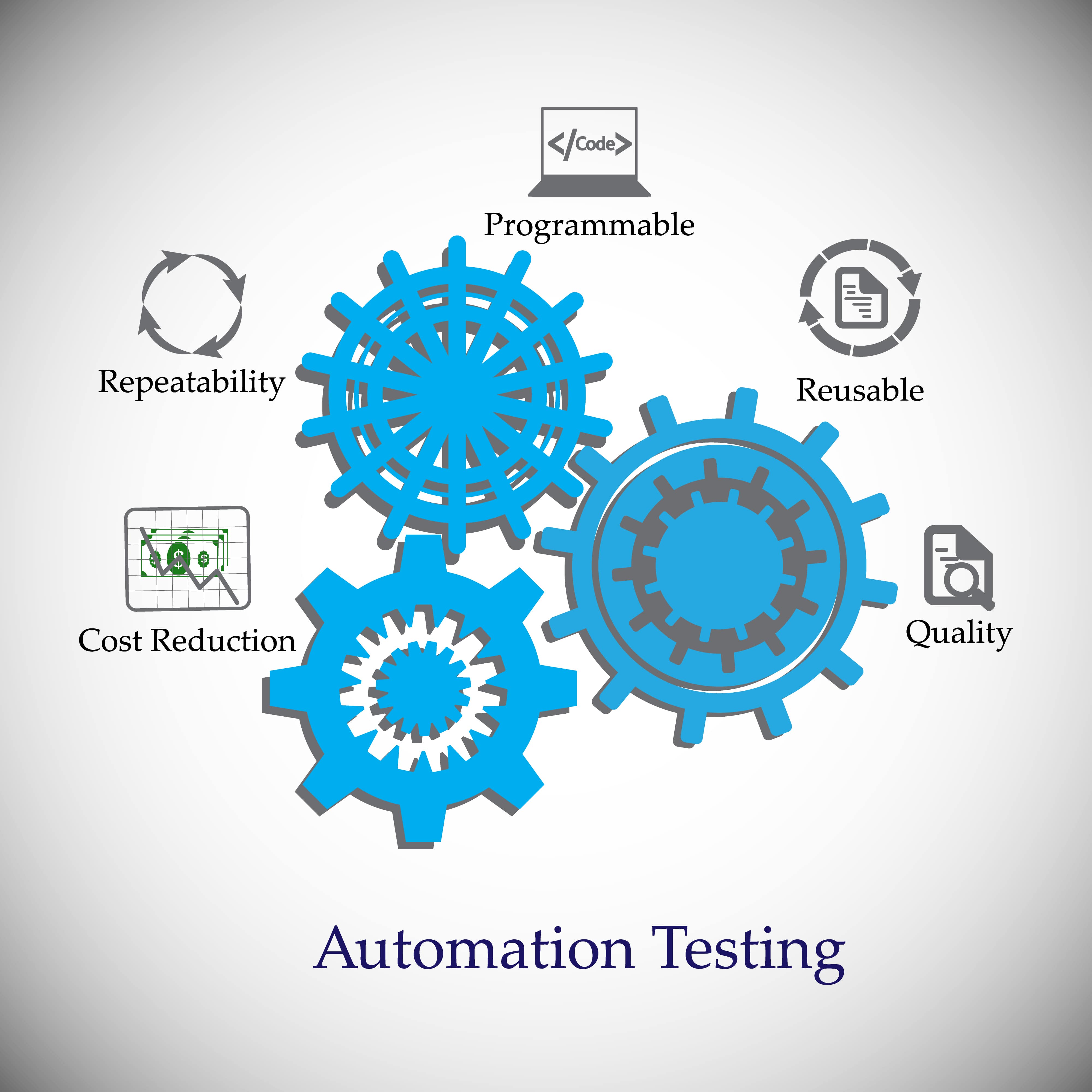From Handbook to Automated Testing: A Comprehensive Guide to Transitioning Smoothly and Effectively
In the realm of software application testing, the change from manual to automated procedures has come to be a progressively essential shift for companies seeking to boost effectiveness and precision in their testing methods. The journey from handbook to automated screening is not without its challenges, yet when approached tactically and with a clear strategy in mind, the benefits can be considerable.
Advantages of Automated Evaluating
Automated screening offers many advantages, improving performance and accuracy in software application growth processes. One main advantage is the significant reduction in screening time. Automated examinations can be run all at once on multiple gadgets and running systems, considerably speeding up the testing phase contrasted to hand-operated screening. This increased effectiveness enables faster responses on the quality of the software, allowing programmers to identify and address problems without delay.
Furthermore, automated testing ensures a greater level of precision in identifying flaws. Consistency in screening is likewise improved, as automated examinations carry out the exact same steps specifically each time they are run.
Choosing the Right Devices

Firstly, assess your purposes and needs. Comprehend the range of your job, the technologies involved, and the capability of your group. This analysis will certainly aid you establish the abilities and features you call for in your screening tools.
Secondly, take into consideration the compatibility of the tools with your existing systems and processes. Smooth combination with your current software program growth lifecycle is necessary to guarantee a smooth transition to automation.
In addition, examine the scalability and flexibility of the devices. As your testing requires advance, the tools should have the ability to adapt and accommodate modifications efficiently.
Lastly, consider the support and community around the devices. Robust support and an energetic user area can supply valuable sources and assistance when applying automated testing. By carefully taking into consideration these aspects, you can choose the right devices that line up with your requirements and established the phase for a successful shift to automated testing.
Composing Effective Test Scripts

When crafting examination scripts, it is important to take into consideration the particular needs of the software application being tested and make certain that the scripts resolve all vital capabilities. Clear and descriptive naming conventions for test manuscripts and test situations can boost readability and maintainability. Additionally, including mistake handling devices within the examination manuscripts can assist in determining and addressing problems that site without delay.
Furthermore, organizing examination manuscripts right into modular components can enhance reusability and scalability, decreasing redundancy and boosting efficiency in test script upkeep. Normal reviews and updates to evaluate manuscripts are critical to keep speed with evolving software program needs and functionalities. By complying with these principles, testers can produce durable and reliable test scripts that contribute considerably to the success of automated testing processes.
Integrating Automation Into Workflows
By perfectly incorporating automated testing devices like Selenium or Appium right into the software program growth lifecycle, groups can achieve faster comments on code changes, leading to quicker bug detection and resolution. This assimilation allows for continuous screening throughout the development procedure, ensuring that any type of issues are identified early on, resulting in higher software top quality. Appropriate combination of automation tools needs collaboration you could try these out between growth, testing, and procedures groups to develop a unified workflow that enhances performance and effectiveness in delivering high-grade software program items.
Guaranteeing a Smooth Change
Efficiently transitioning to automated screening includes thorough planning and mindful implementation to take full advantage of and decrease disruptions performance in the software advancement process - automation testing. To ensure a smooth change, it is necessary to start by performing a complete analysis of the present screening procedures and determining locations where automation can bring the most significant benefits. Involving with all stakeholders early while doing so, including programmers, testers, and project supervisors, is important for amassing support and buy-in for the automation initiative
Communication is essential during this shift phase. Clear communication of the goals, advantages, and expectations of automated testing assists to handle any kind of resistance or issues that might occur. Additionally, providing appropriate training and resources for employee to upskill in automation tools and techniques is essential for making sure a successful shift.

Final Thought
In conclusion, transitioning from guidebook to automated screening offers countless advantages, including boosted effectiveness and integrity. By selecting the suitable tools, writing effective test manuscripts, and incorporating automation seamlessly into workflows, companies can make sure a smooth and effective change. like it It is vital to embrace automation as a useful asset in software testing procedures to enhance overall quality and efficiency.
In the world of software application testing, the shift from manual to automated processes has actually ended up being an increasingly important transition for organizations seeking to boost effectiveness and accuracy in their screening techniques. Automated examinations can be run all at once on multiple tools and running systems, dramatically speeding up the screening phase contrasted to manual testing. Uniformity in screening is likewise improved, as automated examinations carry out the same actions precisely each time they are run.To ensure the successful execution of selected screening devices, the creation of reliable examination manuscripts plays a vital duty in verifying the performance and efficiency of automated processes - automation testing. By following these principles, testers can create reliable and robust test scripts that contribute dramatically to the success of automated testing processes